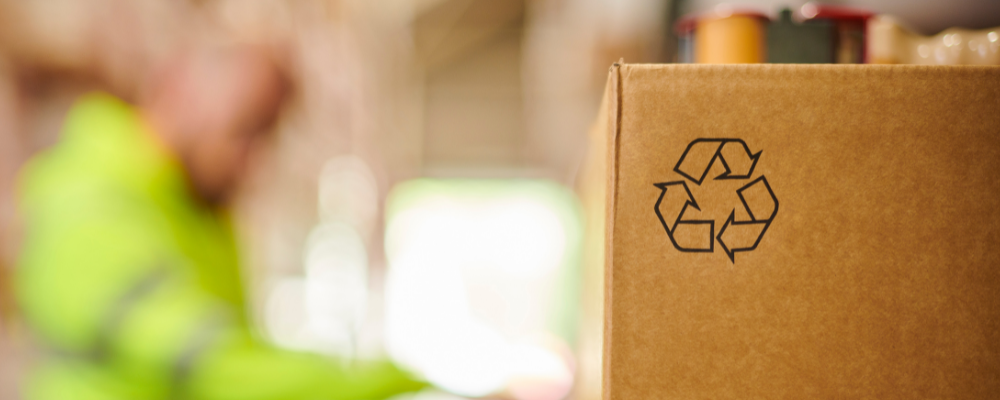By John McInerny | July 27, 2023 0 Comments

What is PCR Packaging?
Post Consumer Recycled (PCR) packaging is an innovative and sustainable packaging solution that utilizes recycled materials from consumer products to create new packaging. It has been gaining popularity due to its ability to reduce waste, conserve resources, and minimize the environmental impacts of packaging production. PCR packaging is increasingly being used in the food, beverage, healthcare, personal care, and cosmetics industries and can be used for both single-use and reusable applications. By using PCR packaging, companies can reduce their carbon footprint by avoiding the use of virgin materials, such as virgin plastic, while still delivering a high-quality product. Additionally, it allows products to meet sustainability goals while also providing a competitive advantage in the market.
Definition of PCR Packaging and Benefits
PCR packaging is a type of packaging that is made from post-consumer recycled materials. It is an eco-friendly option that offers numerous benefits. First, it reduces the need for virgin materials to be used in packaging, which helps conserve natural resources and minimize waste. The production of PCR packaging also has a lower carbon footprint than traditional packaging methods. Additionally, it helps to keep discarded materials out of landfills, reducing the environmental impact of waste disposal. Given these advantages, it's no surprise that more and more companies are adopting post consumer recycled materials as part of their sustainability efforts. By choosing this type of packaging, businesses can do their part to minimize their environmental impact and make a positive difference.
How is PCR Packaging Made and What Materials Are Used
PCR packaging is becoming increasingly popular due to its eco-friendly nature. This type of packaging is made from post-consumer recycled materials, which can include plastic packaging, paperboard, and even aluminum. The materials used to create PCR packaging are broken down into raw materials and then reprocessed to make something new. This is not only environmentally responsible but also durable and comparable to virgin materials in quality. The process of creating PCR packaging is a great way to reuse waste and reduce the environmental footprint. By using PCR packaging, businesses are taking a significant step towards sustainability, making an enormous positive impact on the future of the planet.
Sustainable Advantages of Using PCR Packaging
Using PCR packaging offers numerous sustainable advantages. By choosing to use recycled materials, companies can reduce their dependence on virgin materials and conserve natural resources. It also helps to keep discarded materials out of landfills, reducing the environmental impact of waste disposal. Another advantage is it often requires less energy for production than traditional methods of packaging which leads to lower carbon emissions overall. Finally, it can give businesses a competitive advantage in the marketplace as they demonstrate their commitment to sustainability. By embracing PCR packaging, companies can make an impact on the environment and be part of a sustainable future.
In conclusion, post-consumer recycled packaging (PCR) is an essential and effective tool for storing and transporting products sustainably. This type of packaging has been found to produce significantly less landfill waste than traditional methods. It serves as an economical choice for businesses due to its low production costs and use of renewable materials. With PCR, businesses have the opportunity to reduce their carbon footprint as well as make powerful statements to consumers that they are dedicated to their sustainability goals. By understanding how this type of packaging works and the advantages it provides, manufacturers can make more informed decisions about what kinds of packaging best fit their needs.
To Incorporate PCR Packaging Into your Business Practices, Contact One of Our Packaging Experts Today!

About the Author: John McInerny
Need Help?
Increase your productivity with entry-level of full-line packaging automation, reduce packaging costs, and increase product protection with a full catalog of packaging supplies.